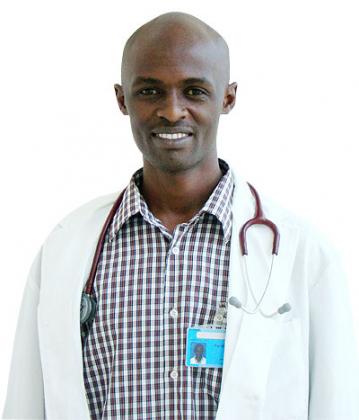Why describing pain is tricky
Pain is one of the commonest clinical symptoms in modern medicine. Description of pain poses great challenge to human beings given its mode of appearance.

Dr Joseph Kamugisha
